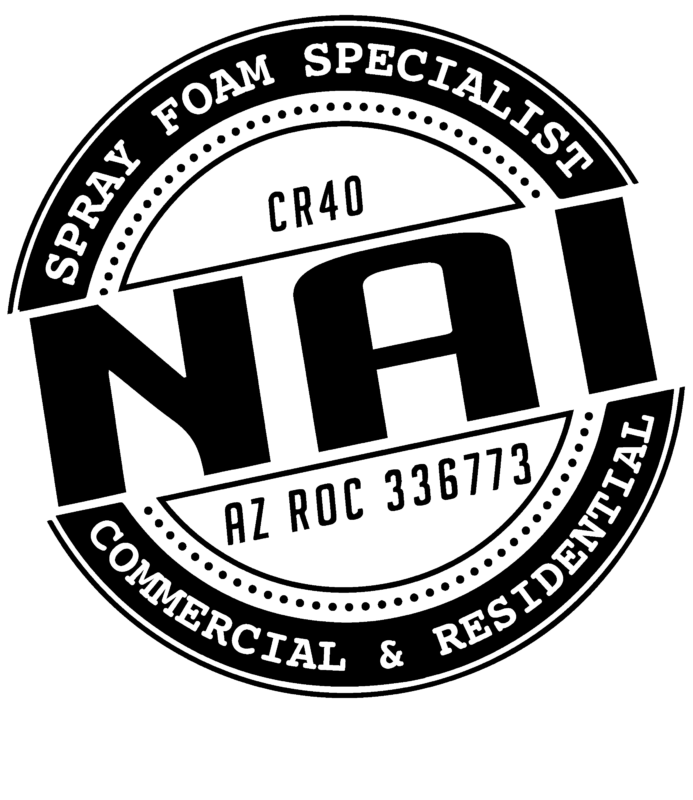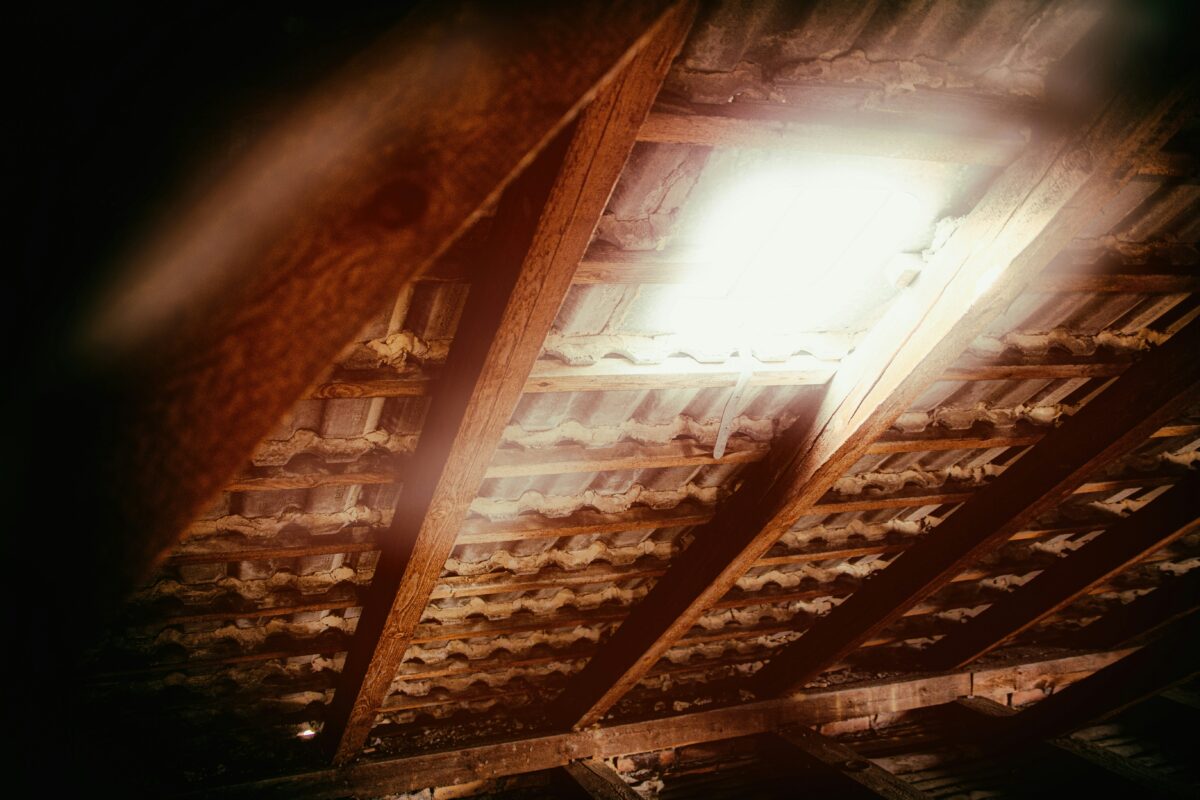Are you tired of high energy bills and uncomfortable rooms? The solution might be right above your head. Attic insulation is one of the most effective ways to enhance your home’s energy efficiency and comfort. Here we will guide you through everything you need to know about attic insulation, from its benefits to how to get started. Whether you’re a DIY enthusiast or planning to hire professionals, we’ve got you covered.
What is Attic Insulation?
Attic insulation involves adding materials to your attic space to reduce heat flow. This keeps your home warmer in the winter and cooler in the summer. Common types of insulation include fiberglass, cellulose, and spray foam. Each type has its pros and cons, which we’ll discuss later in this post.
Why You Need Attic Insulation
Energy Efficiency
Proper attic insulation can reduce your energy bills by up to 20%. By keeping the desired temperature inside, your HVAC system doesn’t have to work as hard, saving you money and extending the life of your equipment.
Comfort
Insulation not only saves energy but also makes your home more comfortable. No more drafts or uneven temperatures between rooms. Imagine a home that stays cozy in the winter and cool in the summer without cranking up the thermostat.
Environmental Impact
Using less energy means reducing your carbon footprint. Insulating your attic is a small step that can make a big difference for the environment. Plus, many insulation materials are made from recycled content, adding an extra layer of eco-friendliness.
Types of Attic Insulation
Fiberglass
Fiberglass insulation is one of the most popular choices. It’s affordable and relatively easy to install. However, it can be irritating to the skin and lungs, so proper protective gear is essential.
Cellulose
Made from recycled paper products, cellulose insulation is another eco-friendly option. It’s excellent at filling gaps and is treated to be fire-resistant. The downside? It can settle over time, reducing its effectiveness.
Spray Foam
Spray foam insulation offers superior sealing capabilities and doesn’t settle like cellulose. It’s more expensive but provides a higher R-value per inch, making it very effective. However, its installation is best left to professionals.
How to Choose the Right Insulation
Assess Your Needs
The first step in choosing the right insulation is to assess your needs. How old is your house? What type of HVAC system do you use? Answering these questions will help you determine which insulation material is best for your home.
Consider R-Value
R-value measures the insulation’s resistance to heat flow. The higher the R-value, the better the insulation. Depending on your climate, you’ll need different R-values. For example, homes in colder climates require higher R-values.
Budget
While all insulation types can save you money on energy bills, initial costs vary. Fiberglass is generally the cheapest, while spray foam is the most expensive. Consider your long-term savings when evaluating your budget.
DIY vs. Professional Installation
DIY Installation
If you’re handy and looking to save some money, DIY installation might be for you. Fiberglass batts are relatively easy to install and don’t require specialized equipment. However, make sure to wear protective gear and follow safety guidelines.
Professional Installation
For materials like spray foam, it’s best to hire professionals. They have the expertise and equipment to ensure the job is done correctly. While it’s more expensive, professional installation can provide peace of mind and often comes with a warranty.
Hybrid Approach
You can also take a hybrid approach. Do some of the easier tasks yourself, like preparing the attic and installing fiberglass batts, and hire professionals for more complex tasks like sealing gaps and installing spray foam.
How to Prepare Your Attic for Insulation
Clean the Attic
Before you insulate, make sure your attic is clean. Remove any debris, old insulation, and pests. A clean attic ensures the new insulation works effectively and lasts longer.
Seal Gaps and Cracks
Air leaks can significantly reduce the effectiveness of your insulation. Use caulk or spray foam to seal any gaps or cracks in the attic floor, walls, and around vents. This step is crucial for optimal energy efficiency.
Install Ventilation
Proper ventilation is essential for preventing moisture buildup, which can lead to mold and mildew. Make sure your attic has adequate ventilation before you start insulating. This is especially important if you’re using materials like cellulose that can absorb moisture.
Common Mistakes to Avoid
Skipping the Preparation
Failing to clean and seal your attic can compromise the effectiveness of your insulation. Always take the time to prepare your attic properly.
Using the Wrong R-Value
Using insulation with a lower R-value than recommended for your climate can result in poor performance. Make sure to choose the right R-value for your area.
Overstuffing Insulation
More isn’t always better. Overstuffing insulation can compress it, reducing its effectiveness. Follow the manufacturer’s guidelines for installation thickness.
Maintenance Tips for Long-lasting Insulation
Regular Inspections
Inspect your attic insulation at least once a year. Look for signs of moisture, pests, or settling. Early detection can prevent minor issues from becoming major problems.
Keep it Dry
Moisture can ruin even the best insulation. Make sure your attic is well-ventilated and check for leaks regularly. If you find any moisture, address it immediately to prevent mold and mildew.
Upgrade When Necessary
Insulation technology is continually improving. If your insulation is more than 20 years old, it might be time for an upgrade. Newer materials offer better energy efficiency and longer lifespans.
The Role of Insulation in Home Value
Increased Home Value
Properly insulated homes often have higher market values. Potential buyers look for energy-efficient features, and a well-insulated attic can be a strong selling point.
Faster Sale
Homes with energy-efficient upgrades tend to sell faster. Buyers appreciate the long-term savings on energy bills, making your home more attractive in a competitive market.
Energy Certifications
Achieving energy certifications like Energy Star can further increase your home’s value. Proper insulation is a key component of these certifications, making it a worthwhile investment.
Contact NAI Spray Foam Today
For more information on attic insulation and how it can benefit your home, reach out to NAI Spray Foam today. Our team of experts is dedicated to providing high-quality insulation services using top-of-the-line materials like spray foam. Don’t wait any longer to improve the energy efficiency and comfort of your home – contact us now!

